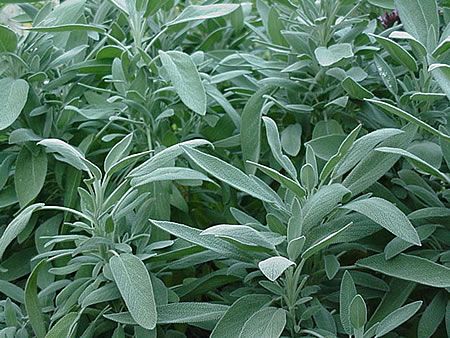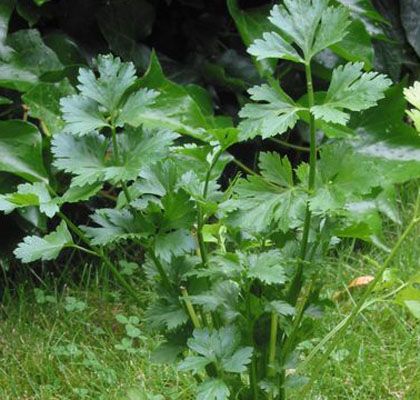Today we will present basic knowledge about NPK fertilizers. Really what does NPK stand for?
Surely you know that vegetables and flowers in the garden, but also the flowers and vegetables you have in pots need extra food to grow. This is provided by fertilizer in various forms.
But how do you choose the right fertiliser?
Before you buy fertiliser think about the following questions:
- Will the fertilizer be used in the garden or for potted plants?
- Do you want a fertilizer that will act quickly or one with a slow action?
- Do you want to use a quick-release fertilizer or a quick-release fertilizer or do you want a quick-release fertilizer or a quick-release fertilizer?
- In the past, have you used fertilizer in your garden before?
- Will a general purpose fertilizer be suitable for your plants?
You will find a wide variety of fertilizers on the market. So you should have some basic knowledge before you go shopping.
First of all, though, you should know that the pH level of the soil affects the ability of the soil to release the nutrients of the fertilizer. So you should know, even if only approximately, whether your soil is alkaline (pH > 7) or acidic (pH < 7).
What do the numbers on the fertilizer (N-P-K) mean?
There are 3 numbers on the fertilizer packaging. This describes the fertilizer’s content of the 3 essential nutrients (Nitrogen-Phosphorus-Potassium or N-P-K).
- The first number refers to the percentage content of Nitrogen (N).
- The second number refers to the percentage of Phosphorus (P) content.
- The third number refers to the percentage of Potassium (K).
Example
A 10 kg package of fertilizer labelled 10-5-8 contains:
10% Nitrogen, or 1 kg of Nitrogen
5% Phosphorus, or 0.5 kg of Phosphorus
8% Potassium, or 0.8 kg of Potassium
The remaining 7.7 kg of the content is ancillary material and is not directly useful to plants.
Nitrogen is very important for leaf growth. Vegetables such as cabbage, lettuce, lettuce, and squash need more nitrogen than others.
Phosphorus helps in root development, seed formation, increases flowering. Vegetables like carrots and beets need more phosphorus. Usually flowers need phosphorus-rich fertilizer to have good flowering.
Potassium helps in plant growth, disease and cold resistance. Potatoes and fruit-producing trees need more potassium.
Types of fertilizers
There are 4 basic types of fertilizers:
- Organic
- Granular
- Water soluble
- Synthetic
Organic fertilizers are made from natural ingredients and have a slow release rate. A slow release rate means that the materials in these fertilizers must be broken down by soil microorganisms to gradually release nitrogen, phosphorus and potassium. Organic fertilisers have lower nutrient contents. Suitable for organic farming. Organic fertilizers are least likely to burn the plants.
Granular fertilizers are the most common type and work by releasing small amounts of nutrients each time we water the plants. Granular fertilizers give good results on vegetables and perennials.
Water-soluble fertilizers are easy to apply and make nutrients readily available to plants. Water soluble fertilizers are suitable for potted plants and annuals.
Synthetic fertilizers act quickly and their effects are quickly seen on plants, but they have a short duration. Synthetic fertilizers are easier to transport and less bulky than organic fertilizers.
Fertilizers for flowers
There are special fertilizers just for flowers. Many of these are soluble in water. Usually flower fertilizers contain more phosphorus or equal amounts of phosphorus and nitrogen.
Fertilizers for roses
Roses need more fertilizer than any other flower in the garden. They need regular fertilization with a nitrogen-rich, slow-release fertilizer. Many rose fertilizers contain specific proportions of nitrogen, phosphorus and potassium to enhance flowering.
Fertilizer for vegetables
Fertilizers that are specific to vegetables are usually granular or synthetic. They release nutrients slowly into the soil or when they come into contact with rainwater. The nutrients are available to the plant during its growth. Fertilizers for vegetables contain nitrogen, phosphorus and potassium.
For leafy vegetables, use fertilizers with a composition of 12-12-12 or 15-15-15. For vegetables grown for their fruits, seeds, roots or bulbs, use fertilisers with a composition of 6-24-24, 6-12-18 and 8-16-16.
Fertilizer for potted plants
Fertilizers formulated for potted plants are available in granular or water-soluble form. However, they are also available in alternative forms such as tablets or crystals. Plants grown in pots have greater nutrient needs than plants grown in the garden. As the plant grows in the pot and produces flowers or fruit, it depletes the nutrients contained in the limited amount of soil in the pot. The only way to keep the potting soil fertile is to add fertiliser regularly.
Application methods
On the packaging of each fertiliser you will find instructions on how and how much to apply per plant type. Each plant needs a different amount of fertiliser. You should follow these instructions.
Organic fertilisers should be mixed with the soil before planting the plant. For subsequent applications, you should pour it around the plant and then stir the soil to get it closer to the roots.
Granular fertilizers are poured around the root of the plant (minimum distance of 5 cm), and then mixed with the soil.
Water-soluble fertilizers are dissolved in the water that you water the pot or plant. Some of the water-soluble fertilizers are applied by spraying on the leaves.
Synthetic fertilizers are applied in the same way as granular fertilizers. You need to apply them more frequently because they have a short shelf life.
A little fertilizer will create nutrient deficiencies in the plants. Too much fertilizer will burn and dry out the plants.
Temperature affects organic fertilizers. When the temperature is low (late fall and winter), they do not release nutrients.
Regular fertilizer application leads to healthier and more beautiful plants.
Do not apply granular fertilizer when the wind is blowing hard. It will drift and fertilization will not be uniform.
Proper fertilization is one of the parameters that ensure health and good performance in your plants. It cannot be considered the cure for all problems that may occur in plants. When fertilizers are used properly, they are valuable in getting a good crop or beautiful flowers.
Fertilizers cannot correct or improve soils that are of poor quality and need more organic matter. They also cannot compensate for incorrect pH values in the soil, or poor watering or weather conditions.
Overuse of fertilizers will have bad effects on plants and the environment. As with everything else, the “all things in moderation” applies.
Tags: FERTILIZER • FERTLIZERS • NITROGEN • NPK • PHOSPHORUS • POTASSIUM • POTS • SOIL



